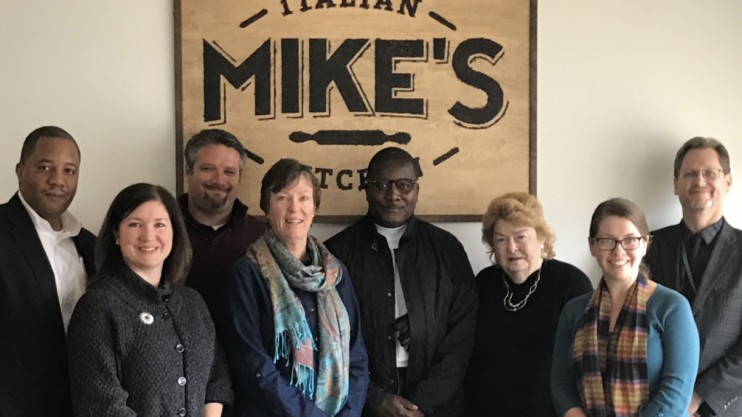
In January, Trustees and staff of the Z. Smith Reynolds Foundation visited Wake County as part of the yearlong Mo Wants To Know statewide listening and learning tour. Wake County was selected for several reasons. It is a major driver of economic growth for the state, it is experiencing significant population growth along with changing demographics, and it is our state’s capital.
To understand the level of growth that Wake County is experiencing, consider this: one new kindergarten class is born there every day. The total population of the county grows by approximately 64 people per day, or 25,000 people per year, meaning that its annual growth exceeds the existing population of 26 other NC counties. As of 2014, Wake County was North Carolina’s second most populous county, while Raleigh was the state’s second most populous municipality. Cary, also in Wake County, is the state’s seventh largest city. The county has a fast growing Asian population and is experiencing significant migration from other parts of the state. Wake County’s institutions of higher education and thriving business community attract top talent from around the world.
Our conversations with community leaders were enlightening. In many ways, they revealed a “tale of two cities.” Seventy-five percent of people moving to the county have at least a bachelor’s degree. Yet, 120,000 of the county’s residents live below the poverty line, and 250,000 live below 200 percent of the poverty line. We heard about incredible economic opportunity that drives growth, while at the same time significant populations of people do not benefit from this prosperity, and some are being pushed out of their communities as property values skyrocket. Affordable housing and the need for improved transit were lifted up again and again as we discussed access to food, healthcare, mental health, jobs and education, as well as how to address the needs of the county’s fast-growing aging population. It was clear that addressing the needs of the county’s vulnerable populations is at the forefront of many leaders’ minds.
Wake County leaders appear to be committed to developing a more equitable and inclusive vision for economic development, and are actively gathering data and information to help inform a strategy moving forward. We heard repeatedly that leaders are making a conscious effort – across sectors such as government, education, and business – to build relationships and collaborate with one another when possible.
One surprising discovery for me, as someone who comes from a rural area, was gaining a better understanding of the implications of Wake County as a destination for migrants from across the state. Many of the leaders with whom we met had deep ties to other parts of the state. Many got their start in mid-sized or rural areas and were deeply passionate about issues affecting those communities. With no prompting on this topic, we heard many voice concerns about increasing polarization – particularly as it relates to urban/rural divides. There seemed to be a hunger to devise a better symbiotic relationship with the booming economy of Wake County and the more depressed economies of smaller, nearby locales. We also heard ideas about how adopting a more regional focus could be mutually beneficial for all.
While we are still taking all of the information we gleaned from our travels and trying to determine how the data we have collected will inform our strategic vision, we deeply appreciate the warm welcome we received in Wake County. We were impressed by the leadership we met and inspired by their passion, vision and dedication to make Wake County a thriving place to live and work for all.
